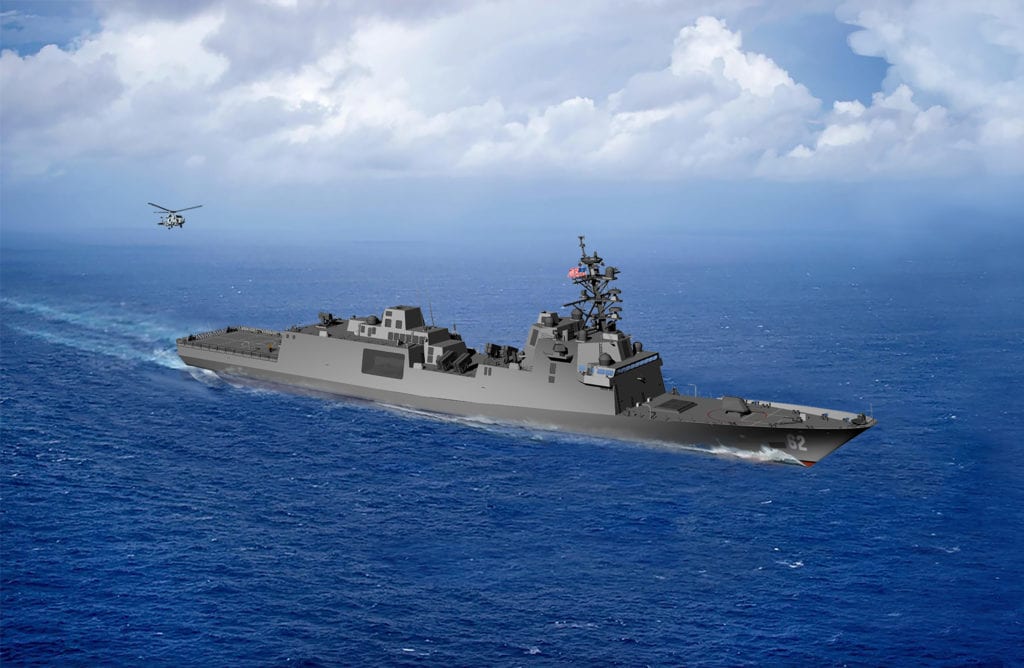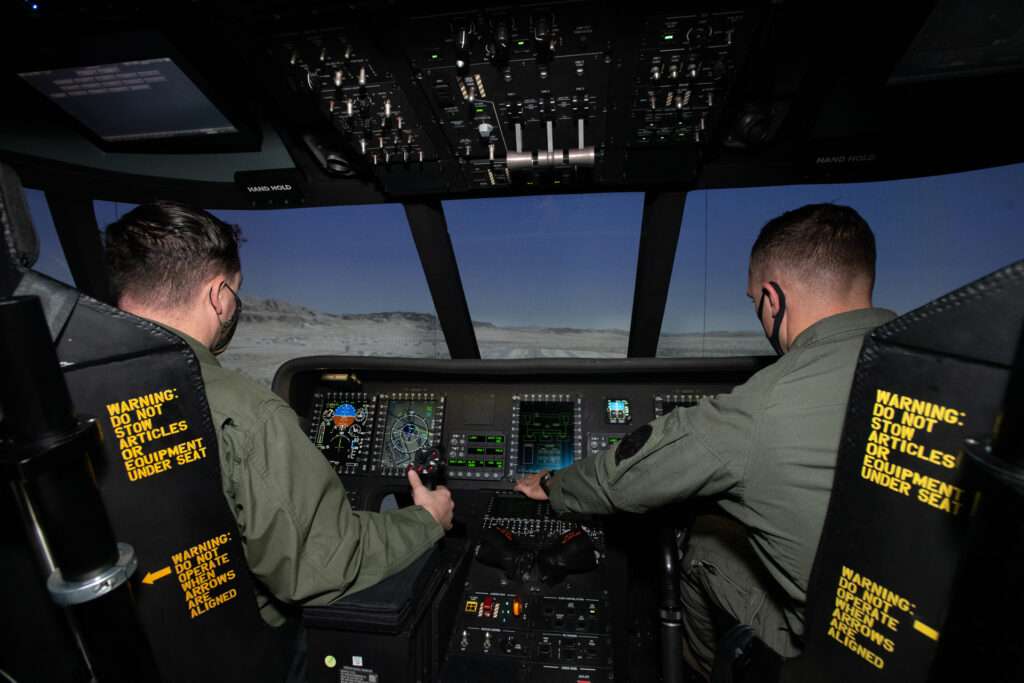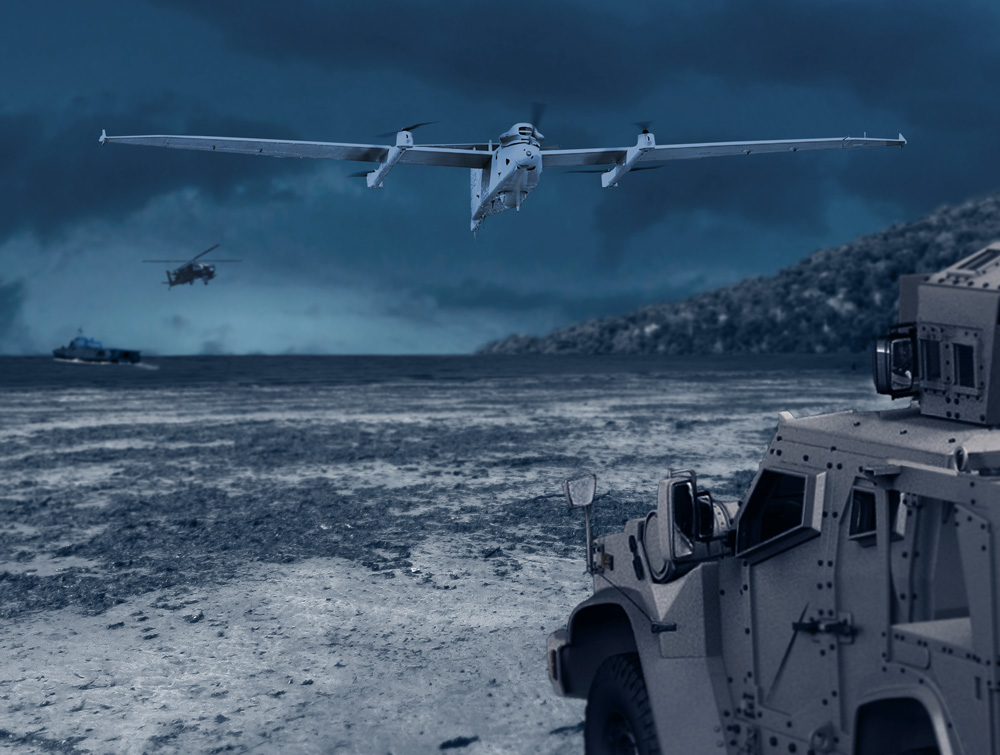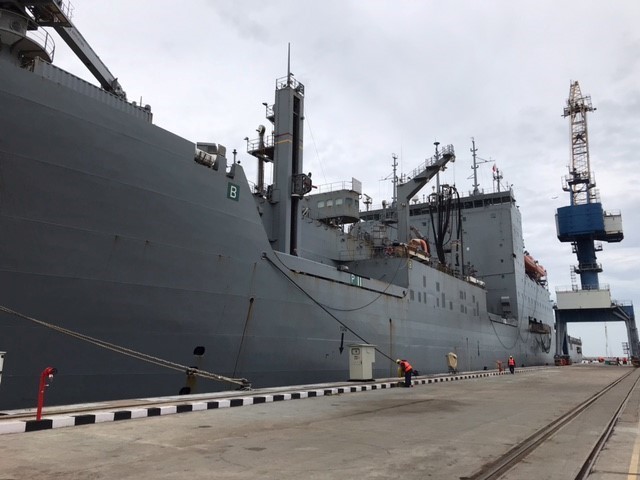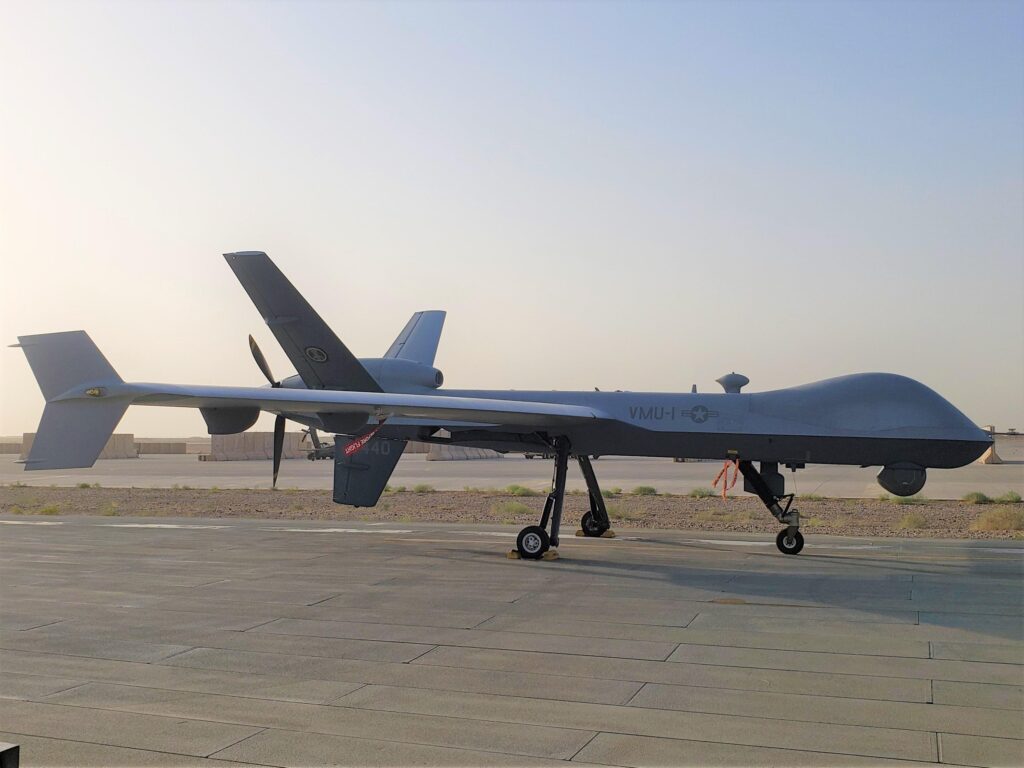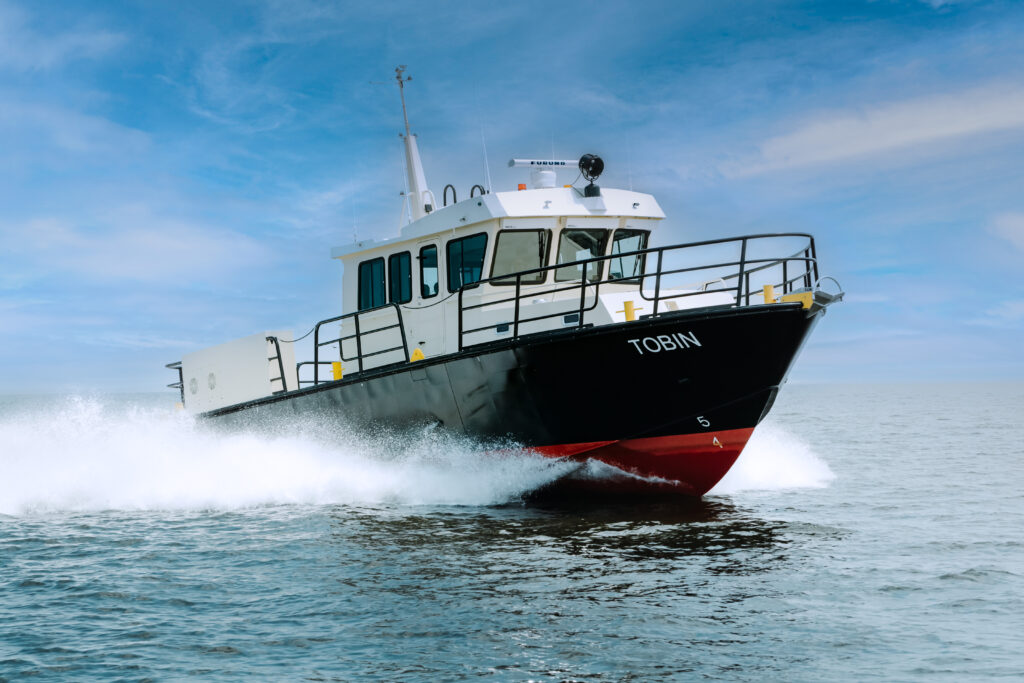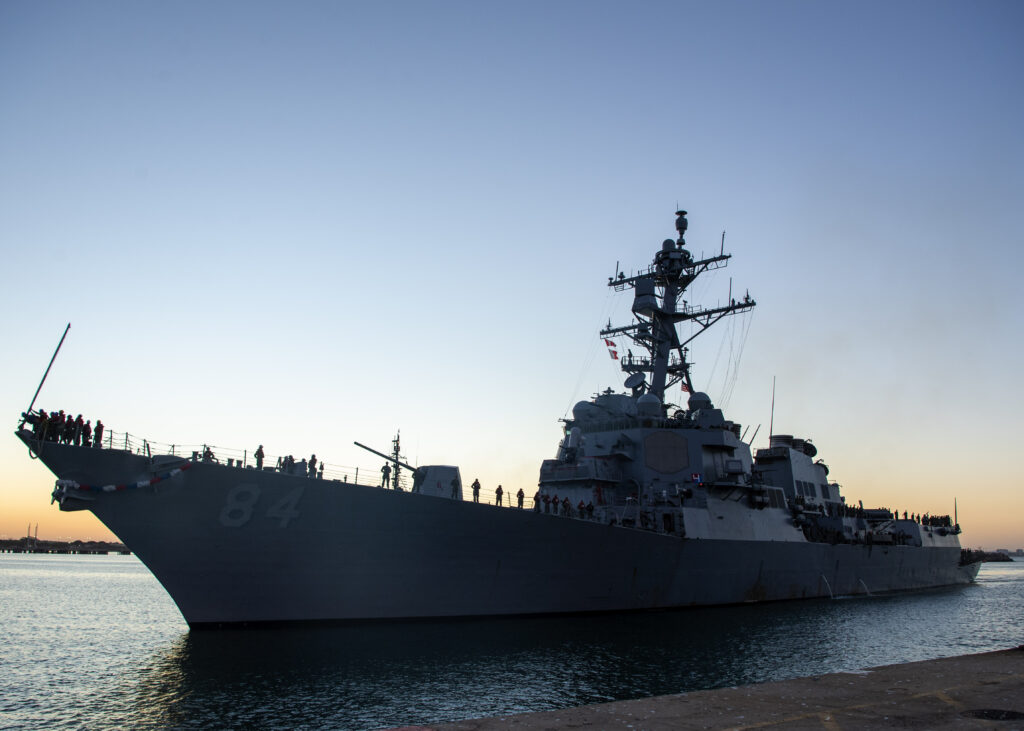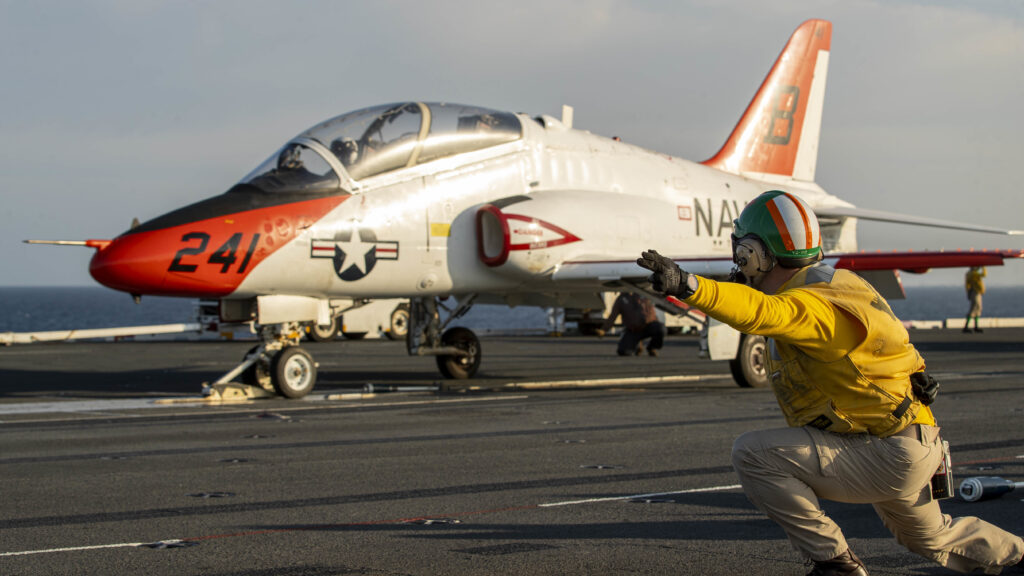U.S. Naval Special Warfare Establishes Assessment Command
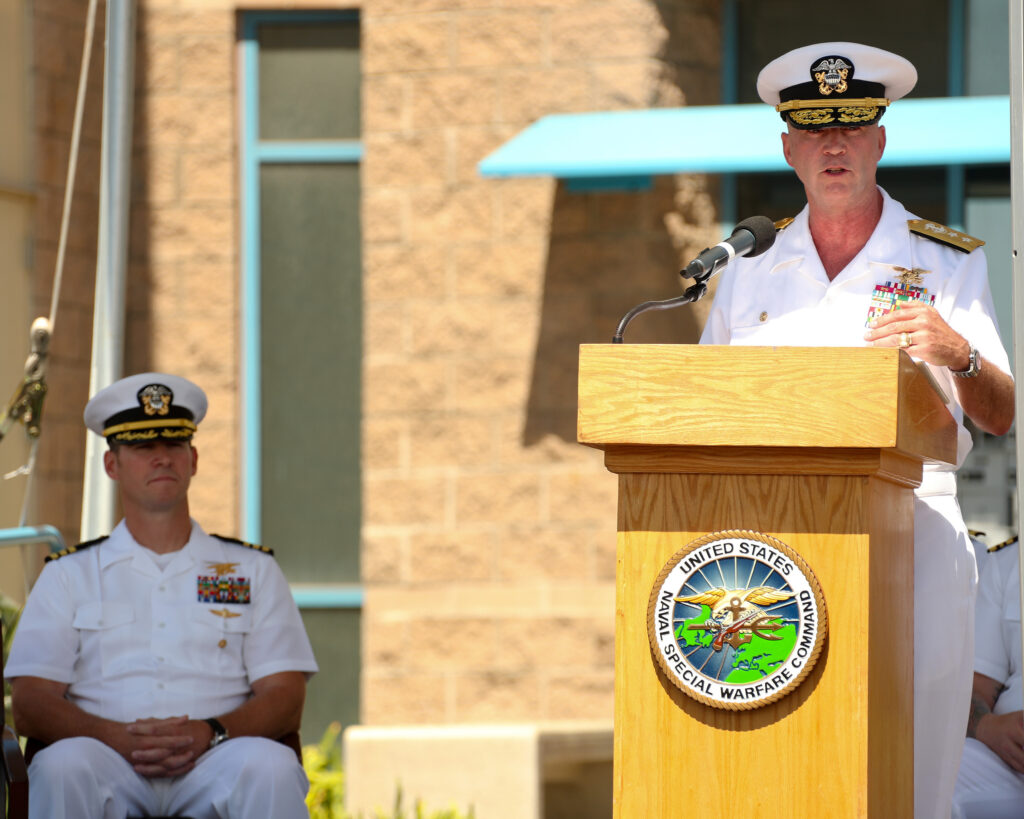
SAN DIEGO — U.S. Naval Special Warfare Command established Naval Special Warfare Assessment Command (NSWAC) under the Naval Special Warfare Center during an Aug. 18 ceremony onboard Naval Amphibious Base Coronado, said Petty Officer 2nd Class Alex Perlman in an Aug. 19 release.
NSWAC substantively transforms the Navy’s commando force in its ability to compete for talent capable of solving the hardest problems from the maritime domain. It proactively engages diversity in all forms and enrolls future candidates who possess the Force’s standards and ethos. This new command accelerates the ways the Force continuously assesses and selects for the character, cognitive and leadership attributes necessary for the highest complexity and risk maritime operations mission to expand national leverage and deterrence options- and win if deterrence fails.
During the ceremony, Cmdr. Aaron Brown, a Navy Special Warfare Officer, assumed command. Rear Adm. H.W. Howard, III, commander, U.S. Naval Special Warfare Command, was the presiding officer of the establishment ceremony.
“Across the spectrum of warfare, the United States and its allies face new challenges and threats. The complexity of the strategic and operating environments demand we evolve quickly and creatively,” said Howard. “We’re aggressively seeking an edge in human capital and technology to expand the margins between mission success and failure. The Assessment Command is at the forefront of our urgent initiatives to deliver the step changes in capability and professionalism across the Force. Modernizing approaches to recruitment, assessment, selection and training underpin our transformations to be ready for the uncertainties ahead.”
Attendees for the event included commander, Special Operations Command, Gen. Richard Clarke; Vice Chief of Naval Operations, Adm. Bill Lescher; Chief of Naval Personnel, Vice Adm. Richard Cheeseman; Deputy Commander, Navy Education and Training Command, Rear Adm. Scott Ruston; Commander, Navy Recruiting Command, Rear Adm. Alexis Walker; and the incoming commander of U. S. Naval Special Warfare Command, Rear Adm. Keith Davids.
According to Howard, Naval Special Warfare initiated this effort in the Fall of 2020 to build the sustainable architecture for diversified outreach, more rigorous pre-assessments for character, cognitive and leadership attributes across the Assessment and Selection pathway and implement the innovative initiatives that strengthen continuous assessment across the continuum of a Naval Special Warfare.
Howard also noted how the Assessment Command conducts outreach and enrollment opportunities across the United States to proactively engage under-represented demographics and geographic areas in the Force.
“The Assessment Command will identify, engage and enroll the next generation of candidates we need to solve the hardest problems from – on – and under the sea,” said Howard. In partnership with CNRC, the Assessment Command will lead candidate assessment programs that deepen our Force’s diversity and capabilities.”
According to Capt. Brian Dreschler, commanding officer, NSWCEN, over the past year as the team deliberately iterated to build this new command, the team conducted 60 outreach events partnered with local Navy Talent and Acquisition Groups (NTAGs). More than half of the outreach events were specifically focused on increasing Force diversity and inclusivity, with under-represented demographics.
“The Assessment Command is a mission imperative for the Force’s relevance, survivability and lethality to contribute in irregular ways to Integrated Deterrence options,” said Capt. Brian Dreschler, the commanding officer of NSWCEN. “Not only are we adapting the way we assess and select our potential candidates, but we are also evolving the assessment and selection of our leadership, officer and enlisted, at all levels of command. The Assessment Command is also charged with learning from the Joint Force, allies and partners, and from private sector innovations to reinforce our culture of continuous assessment – the candid assessments for feedback, self-improvement and optimal leadership and team formation decisions.”
One of NSWAC’s assessment programs is Naval Special Warfare Leader Assessment Program (NLAP). Enhancing NSW’s culture of continuous assessment, NLAP evaluates and selects NSW operators at every level. During NLAP, operators participate in purpose-filled events to select for officer and enlisted career milestones. Through feedback from peers, leaders, and subordinates, NLAP assesses an operator’s leadership, character, physical and mental attributes. According to Brown, this program ensures NSW places the right leaders in the right assignments, while offering critical professional development to guide the force into the future.
“I’m humbled to assume command of this mission imperative,” said Brown. “With this high-performing team of professionals, we will strengthen the precision of candidate identification, assessment, selection, enrollment, training and development.”
NSWAC is headquartered at Naval Amphibious Base Coronado in Coronado, California with a detachment in Virginia Beach, Virginia. Alongside Basic Training Command and Advanced Training Command, NSWAC will be a subordinate command to NSWCEN.
“With the establishment of the Assessment Command, Howard said, we are in position to compete for talent and more rigorously assess, select, train and retain men and women who embody the courage, integrity, humility, creativity, team-ability, creativity and grit that expand competitive edge to remain the Nation’s preeminent maritime special operations force.”
NSWCEN provides initial assessment and selection and subsequent advanced training to the Sailors who make up the Navy’s SEAL and Special Boat operational formations. The Naval Special Warfare mission is to provide maritime special operations forces to conduct full-spectrum operations, unilaterally or with partners, to support national objectives. For more information on the NSW assessment, selection and training pathways, visit https://www.sealswcc.com/.
